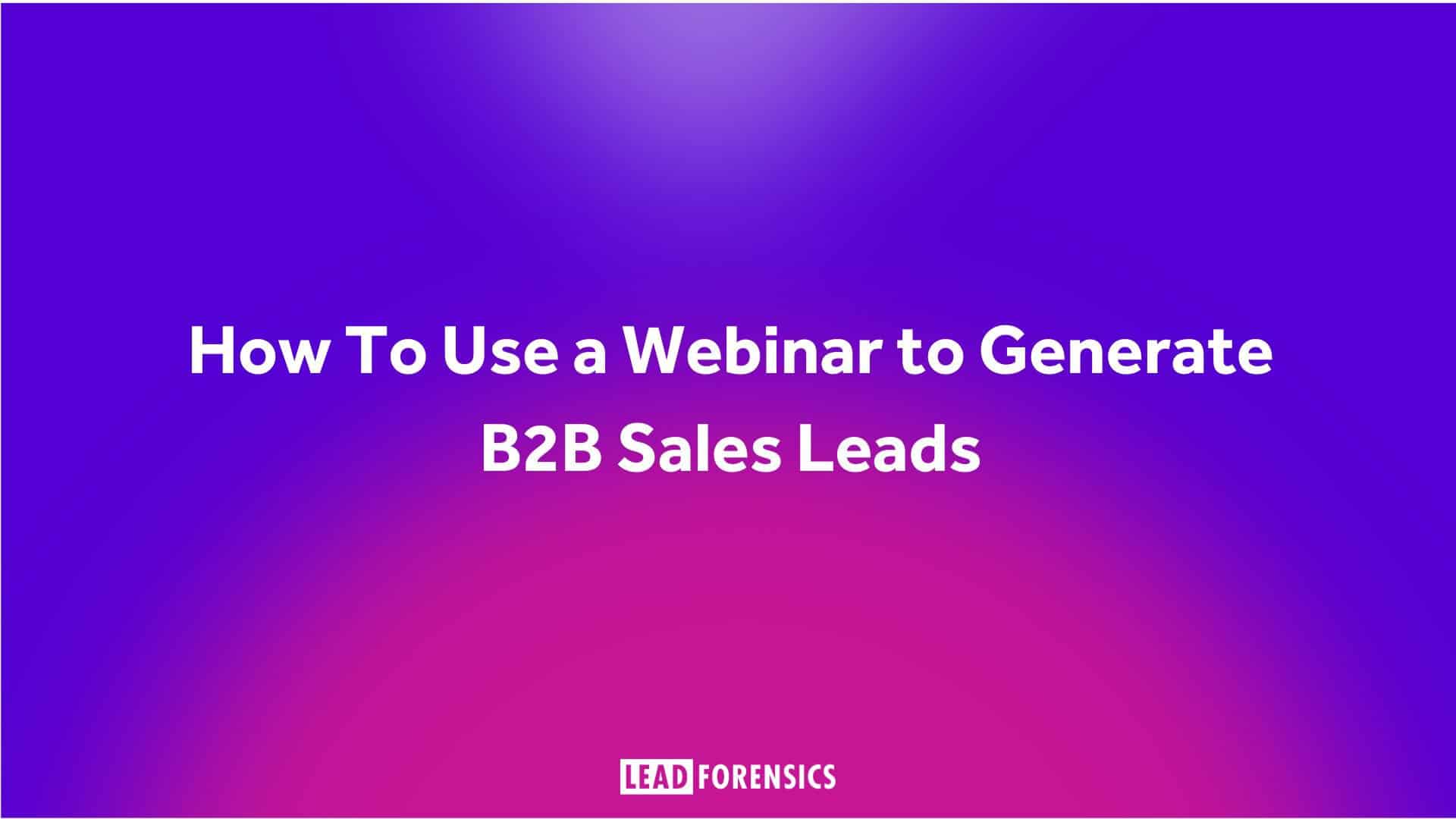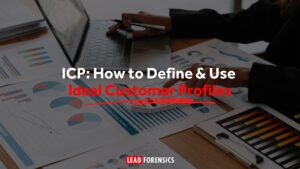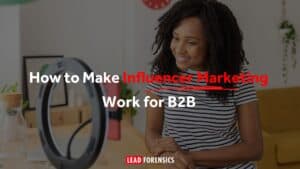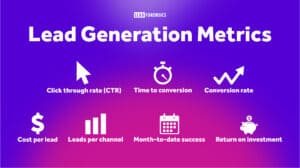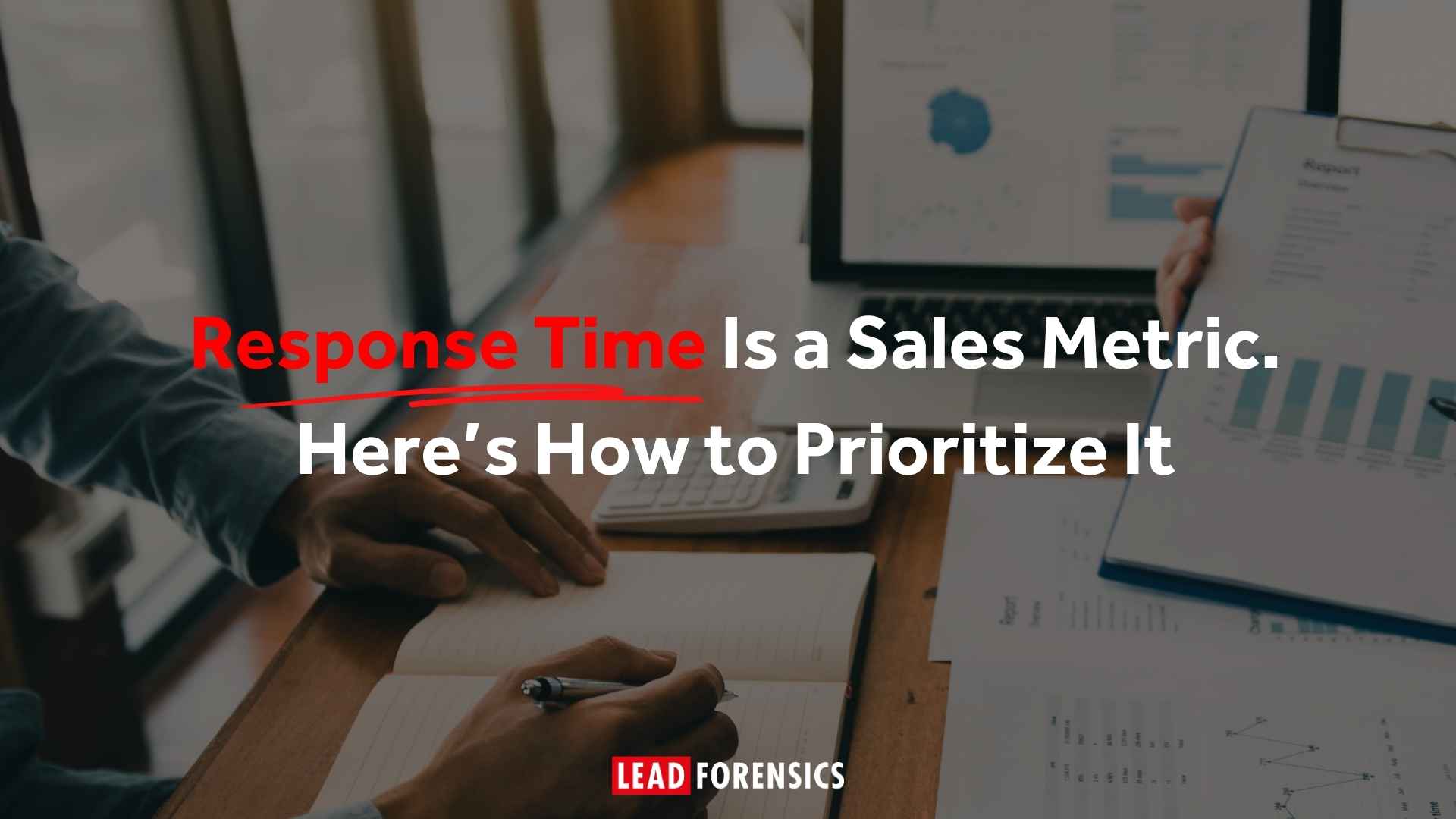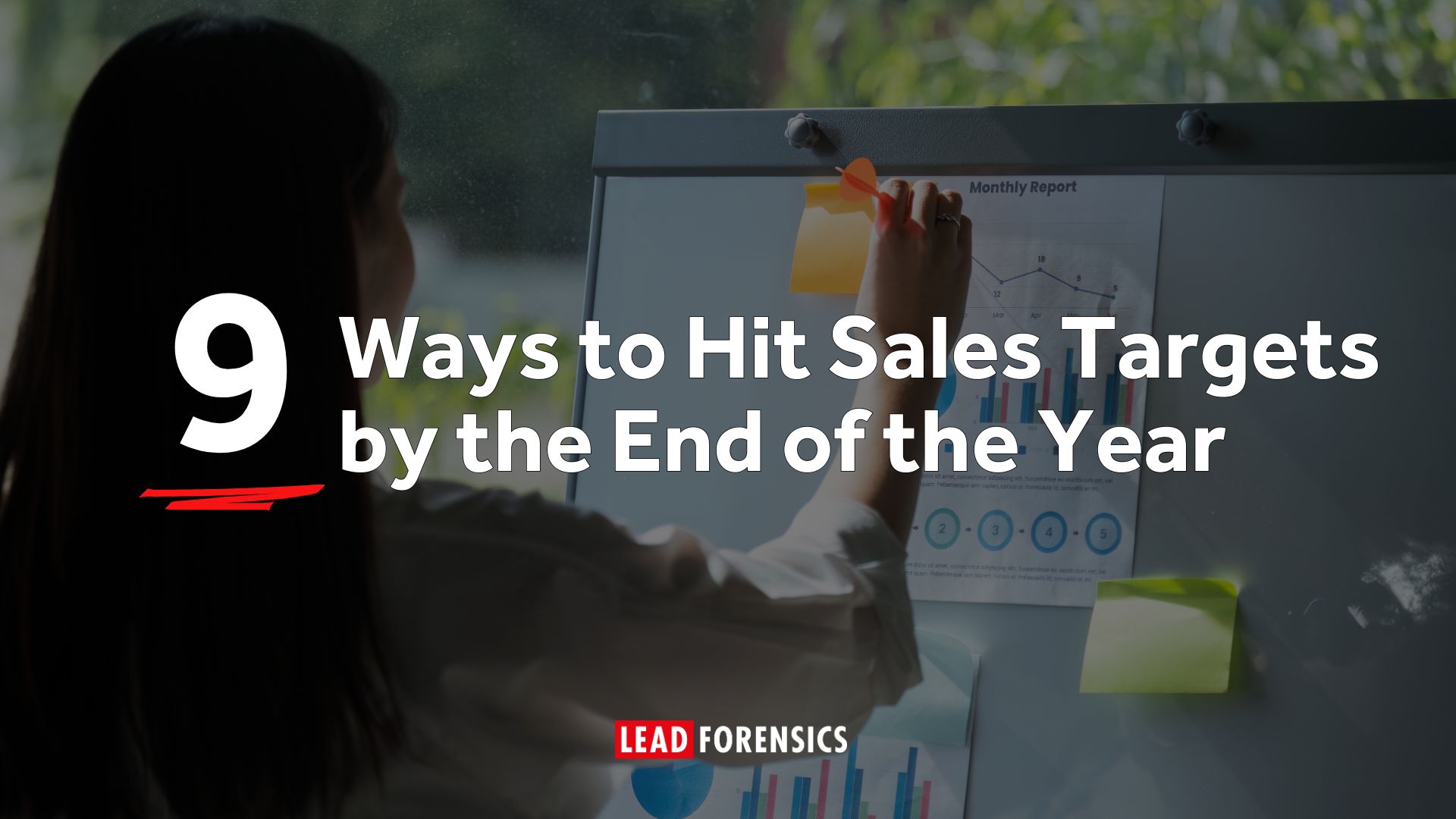Webinars as your B2B sales leads engine
B2B Sales is a highly competitive arena where generating quality leads can significantly impact your bottom line. One powerful tool for lead generation in the B2B space is the webinar. In this guide, we’ll explore how webinars can be effectively used to boost your B2B sales by attracting and converting leads.
Webinars have become a cornerstone of modern B2B sales strategies. According to the Content Marketing Institute, over 60% of marketers now use webinars as part of their content marketing efforts. This growing trend is due to the effectiveness of webinars in engaging potential clients and nurturing them through the sales funnel.
What is a B2B sales webinar?
The name webinar is basically a combination of WEB and SEMINAR.
Put simply, a B2B webinar is a presentation delivered online. It is a way for companies to educate and engage with a target audience, whether that audience may be existing customers, prospects who need nurturing along the sales pipeline, or new leads.
The real power of a webinar is that it is interactive. Unlike watching a webcast, video or SlideShare, participants can take part and respond in real time. Both with each other and with the host company.
Really good webinars will have carefully considered how to increase this interactivity, for example by including mechanisms such as live polls, or using hashtags to drive social media chatter throughout.
Here’s an example of a really good webinar 😉
5 reasons why your business might use webinars
- To increase brand awareness and visibility
- To generate leads- and not just any leads, targeted and high quality leads
- To position yourself as an expert in your field
- To build and nurture relationships
- To generate engagement
What are the benefits in B2B sales?
Hotter Leads: Participants in a webinar are often more engaged and interested compared to those who simply read a blog post. This means that the leads you generate through webinars are more likely to convert into actual sales.
Interactivity: Unlike other forms of content, webinars are inherently interactive. This interaction allows you to address specific concerns of your audience in real-time, making it a more personalized experience.
Global reach: Webinars break down geographical barriers, enabling you to reach a global audience with your B2B sales message. Whether your target customers are local or international, webinars can extend your reach.
Expert Positioning: By hosting a webinar, you position yourself as an expert in your field. This credibility is crucial in the B2B sales process, where trust and expertise are key decision-making factors.
Showcase Your Value: Webinars allow you to demonstrate what it’s like to work with your company. This is particularly valuable in B2B sales, where the decision-making process is often longer and more involved.
Lead Forensics user tip: You can create a list within your LF software of those who sign up for a webinar and then track them to see what they go on to do on your website. This will help you better qualify them and pull out those who may be ready for a call.
What’s involved / how does it work in B2B sales?
A webinar will typically last between 30-45minutes. Running up to an hour at the most.
It may involve audio, video, slides and graphics in any combination, and information delivered in understandable, bite sized chunks.
There will often be a host leading and presenting the information, and you may also want a moderator behind the scenes keeping an eye on messages and social chat.
What format may a webinar take?
There are several formats that a webinar may take.
The three most common uses are:
- Masterclasses – focusing on a key topic that will be of interest for the target audience (like our own Calling Masters Series)
- Product training/new product launches – these may help recently onboarded customers get to grips with the product, or educate existing customers about new features and developments
- Live Demos – where you show an audience of interested prospects how your product or service works.
Which platform should you use?
There are many different platforms out there for hosting your webinar. The one you go with will depend on many things, including what you need it to do and also the budget you have available. Be aware, some platforms come with a hefty price tag.
Considerations for you to make, include:
- How simple do you need it to be? – if you’re not too techy then simple is good
- How many attendees can it support? – not all tools can handle attendees in large numbers
- Can it be easily integrated with your existing CRM and other tools and software?
- Is there a chat function that enables participants to interact?
- What analytics does the platform offer?
- How much can be automated through the platform?
- Does it have a reoccurring webinar function? – useful if you plan to host one regularly
Platform examples include:
- Webinar Geek
- GoToWebinar
- Zoom
Planning your webinar for B2B sales
The success of your B2B sales webinar hinges on thorough planning. Here are some steps to ensure your webinar is a hit:
Set clear objectives
Be clear on what your objectives are from the beginning. If you’re creating a webinar for the purpose of lead generation, then you need to ditch any thought of pushing your product or service. No-one who signs up will be doing so in the hope of listening to a sales pitch. They will only want to give up their time in exchange for something interesting, informative and of value to them.
Set goals for different stages of the process. For example, you may set a goal for the number of people you want to sign up for your webinar. Then a goal for the percentage who go on to attend (if you achieve 30% or more you’re doing really well) and also how many leads you aim to gain through the activity as a whole.
For your first webinar, these goals will simply need to be your best guess. But the more you do, and the more you review and assess and improve what you’re doing, the better your results should be. And the better return on investment you should start achieving.
Bonus tip for Lead Forensics users: With your software, you’ll be able to track the journey that a lead has gone on, from where they first came across you to when they were converted into a paying customer. This will help you to better understand how webinars may best fit within your sale process and how effective they are being.
Plot a timeline
The effectiveness and potential success of your webinar will greatly depend on the amount of planning and preparation you do. Start by plotting out the whole process, from start to finish. Think what materials, copy and other content you need to prepare. This should include all promotion, a ‘thanks for registering message’, supporting materials and follow up emails.
Plan how you’ll use the time
Make sure you include enough time at the beginning of the webinar for a sound check and to fix any bugs. And have time at the end for questions and encouraging next steps. Not everyone will last right to the end, so it’s a good idea to have some sort of CTA or sign post near the start, or midway through too.
Think where you’ll physically deliver it from
One decision you need to make is the location where your webinar will be delivered from. The host and any presenters taking part in the webinar need to be in a quiet space with no distractions.
Choose your presenter wisely
Make sure that any presenter or speaker who is taking part in the webinar, is excellent at what they do. A poor presenter will give a poor impression of you and you won’t get a second chance to impress. Check them out fully.
Have a contingency plan
Sometimes, even with the best planning in the world, things can go wrong. Brainstorm everything that could happen and plan for how you would deal with it – what’s Plan B?
Technology is great but it can be the cause of many issues. If you’re planning your first webinar then make sure you’ve thought about things like the bandwidth you’ll need, firewalls and whether different browsers will be supported.
Creating the content of your webinar
The next most important element, is to decide on the content you will provide. The topic you choose and how you pitch it will be incredibly important for drawing in your audience. It needs to hit the right buttons with the right people.
Use your buyer personas
As with any marketing you undertake, you always need to have your target audience in mind. Start with your buyer personas and brainstorm which topics are going to be of most interest and value to them. Look at your other content, which has proven the most popular – that could be a good place to start.
Have an amazing landing page
Think about the layout, images and copy you may use on the webinar landing page. This is going to be key to your success and whether you get people registering or not. Instapage has pulled together some examples of how it can be done.
Get to the point quickly
It goes without saying that the content of any webinar you host needs to be top quality and pitched at the right level. Prove you understand your audience. Cut out the waffle and keep it simple. Attendees need to be interested and to stay interested, especially as we’re all surrounded by so many distractions nowadays.
Think of ways to make it more interactive
Holding the attention of your audience is vital, so focus on making your webinar as interactive as possible. Consider including things like: Q&As, getting people involved through social media, encouraging group chats, or running a live poll.
When and how often should you host a webinar?
Frequency
The answer to this question will depend on the time and resources you have available, and the quality of the content you can pull together. Remember, quality is always going to be more important than quantity. Only press go on a webinar you know will do you proud.
For some companies, webinars are a core element of their marketing strategy. They may do multiple webinars a week, gaining high attendance and high lead conversions. Once you hit on the strongest formula for you and your organization, don’t be afraid to go for it and increase the frequency with which you host them.
Best time
This will come down to your target audience, the country you are based in and whether you are aiming at those in other time zones. WebinarNinja has pulled together a helpful overview as a rough guide.
USA – It seems the sweet spot for a one-hour webinar is between 11am-2 pm, with Tuesday and Wednesday having a slight edge (although other research points towards Thursday, so don’t rule that out too quickly).
Europe / UK – For these audiences 8am-11am appears to be most effective
Have an On Demand option
As well as registering to join in with the webinar live when it happens, have an option for people to watch it on demand too.
Research by ON24 reveals an increasing trend for people who registered for a live event to instead view it on demand. They found this figure rose from 21% in 2013 to 43% in 2014.
So, have a well-designed catch-up library, where links to your past webinars are stored. Some of this content could be gated and used to capture more email addresses. But also have content that is open, as a way to show off the quality of what you produce and so encourage more people to give up their email address in exchange for it.
You can always watch our webinar on demand on this very topic here!
How should you promote your B2B sales webinar?
Think about starting to promote your webinar around 2-3 weeks in advance. This will give you the best chance of building up awareness and getting registrations coming through.
Email your database
Email remains one of the most effective marketing tactics you can use. Announce the webinar a few weeks in advance, giving all the details about the what, when, who, where and how.
Then send out reminder emails at set intervals to all those who register, as time tics down. A reminder can be especially important the day before. Remember to include any social media handles and hashtags within your emails.
Have an email prepared and ready to go out to all attendees, following the end of the webinar, with some next steps. Then have another one prepared for those who registered but didn’t take part.
Also, have an email prepared to go out to all those who view the webinar on demand.
Social media
These channels are your secret weapon when it comes to promoting your webinar. Create a comprehensive content plan in advance and schedule the posts. That way you can concentrate on interacting and making the most of any chatter that’s taking place in the lead up and following the webinar.
Make the most of any tools you can that will help make the process quicker, easier and more streamlined.
Create a hashtag
This should be used in the run up to the webinar and also as it is taking place, as a way to help group together any chatter about it that may be going on. Whatever you choose to use, keep it short and simple.
Pay to promote
If you’re spending all this time and effort on a webinar, make sure it gets in front of the right people. Invest in some social ads to support it.
Leverage your speakers
Don’t forget to promote your event through any guest speakers too. Supply them with everything they need to share details of the webinar across their social platforms, including the hashtag and a link to the registration page.
How should you follow it up?
Think what would be appropriate next steps. You want to use your webinar to build a relationship, so you need a plan for keeping in touch.
A webinar can be a great source of content. Think how you could repurpose it and use in other ways. It can supplement your content marketing activity. Perhaps create a summary SlideShare to issue after the webinar, which includes the top advice.
Other options to consider
If all this sounds like a lot of hard work, then don’t panic, you don’t need to go it alone.
Webinars are a fantastic opportunity to form alliances and strategic partnerships with others. Think who may be a good ‘fit’ to partner with, for a mutually beneficial result.
Of course, if you didn’t want to host one yourself then there is always the option to sponsor someone else’s. Just make sure you are sponsoring something of quality, as it could impact on your reputation.
What now?
For more hints, tips and insights, check out his excellent benchmark report by ON24, who analyzed over 9,000 webinars.
One of the best ways to get a feel for what makes a great webinar, will always be to register for a few that are hosted by others. Here are some good places to start:
- Marketing Week – webinar back catalogue
- Content Marketing Institute – upcoming webinars and back catalogue
- Unbounce: Beyond Lead Generation: From Landing Page Forms to Email Follow-Ups
And of course, we’d love you to join us for one of our webinars! Each 30-minute long webinar covers a key sales and marketing strategy, equipping you with the knowledge and motivation you need to maximize your results. For more details click here.


